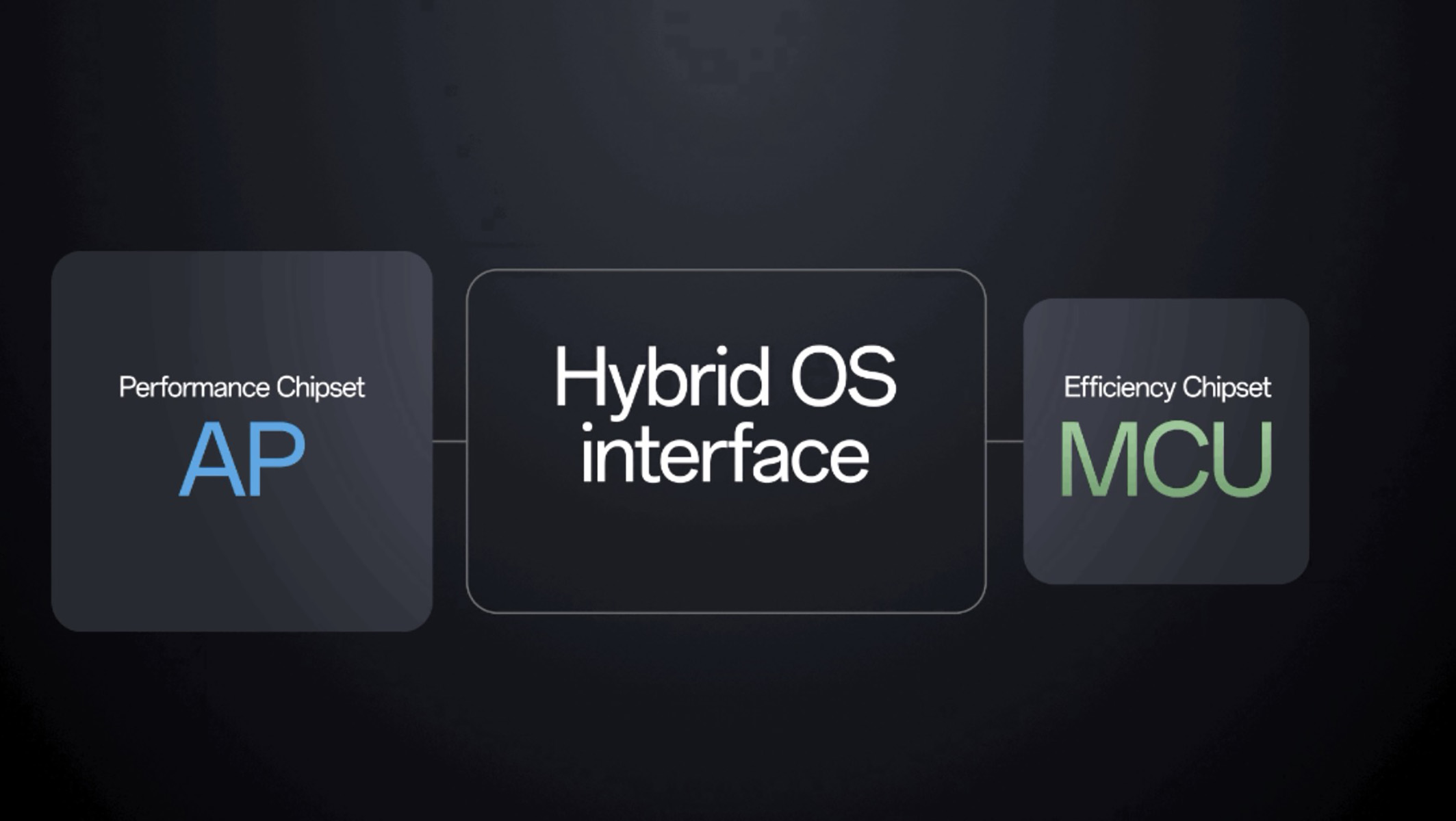Smartwatches have had smart modes for years, where watchmakers promise days and days of battery life along with access to some features. The problem with those types of modes is that you often get the most bare bones of feature sets, minimal performance, and a smartwatch that has become less smart in order to last as long as promised. For the OnePlus Watch 2, OnePlus is promising battery life that lasts up to 100 hours, but they are also promising a watch that doesn’t take any hits in the smart department.
Thanks to work done with Google for Wear OS, the OnePlus Watch 2 uses the Wear OS hybrid interface to intelligently switch between two processors, an ultra low-power co-processor microcontroller unit (MCU) and powerful application processor (AP), which is the Snapdragon W5. This hybrid interface allows for a watch to seamlessly transition between using the AP or MCU depending on the task. It’s a bit of magic that could come to future watches, as Google did the work on Wear OS to make this happen on OnePlus’ new watch.
In use, this means your watch doesn’t need to wake up the application processor in order to pass through something like a notification, as the MCU can handle it. That task alone should mean wildly expanded battery life. The MCU and this hybrid interface can even handle quick replies or remote actions.
Google also expects the hybrid interface to aid in workout tracking, automatic sports recognition, and overall health data monitoring. It can run watch faces too, so if created to take advantage, you could get watch face rendering on the MCU, again leaving the AP to run less and use less battery.
While this all sounds complex and would require future watchmakers to use a dual chip setup like OnePlus has done, it’s a great sign to see Google build this into the OS. I’ve used the OnePlus Watch 2 for several days and can tell you that the experience works so good that I couldn’t tell at any time which processor was actually active. The hybrid interface really does allow the watch to carry on during the day without a dip in experience. And yes, the watch really has lasted for days at a time with the always-on display enabled, workout and sleep tracking, and full notifications on.
We may not have as many Wear OS players as we once did, but Google is still improving its wearable OS. Maybe changes like this could grab the attention of more fitness watch makers to take a look at the platform again.


Collapse Show Comments5 Comments